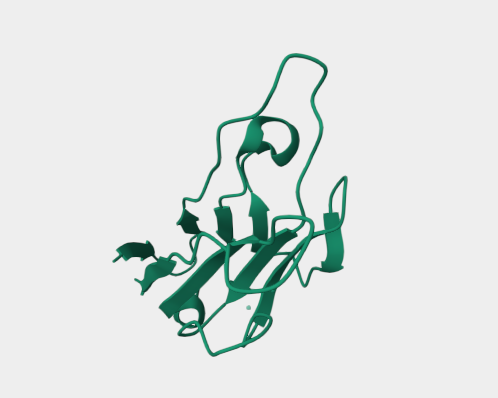Key features and details | |
Cat. No. | MABL-3083 |
Name | Anti-Tim-3 mAbs |
Clone No. | AFD- 2C12 |
From | Recombinant Antibody |
Isotype | Engineer antibody |
Application | Blocking, therapeutic, FC, IF, IHC |
Species Reactivity | Mouse |
Basic Information | |
Specificity | This antibody is specific for murine TIM-3, a Th1-specific cell surface protein. TIM-3 is a type I transmembrane protein and contains an immunoglobulin and a mucin-like domain in its extracellular portion and a tyrosine phosphorylation motif in its cytoplasmic portion. This antibody binds to the BALB/c allele of TIM-3 while reactivity to the C57Bl/6 allele is significantly weaker. |
Alternative Name | CD366; HAVcr-2; HAVCR2; Hepatitis A virus cellular receptor 2 homolog; T-cell immunoglobulin and mucin domain containing 3; T-cell immunoglobulin and mucin domain-containing protein 3; T-cell immunoglobulin mucin receptor 3; T-cell membrane protein 3; TIM-3; TIMD-3; TIM3; 8B.2C12 |
UniProt | Q8VIM0 |
Immunogen | This antibody was raised by immunising rats with TIM-3:Ig fusion protein emulsified in complete Freund’s adjuvant. |
Application Notes | This antibody was used in FACS, immunohistochemistry, immunofluorescence and a murine experimental autoimmune encephalomyelitis model to study the effects of TIM-3 triggering in dendritic cells (Anderson et al., 2007; PMID: 18006747). Furthermore, this antibody has been used in multiple FACS analyses for diverse immuno-oncological applications, such as to delineate how TIM-3 signaling on cells of the innate immune system critically influences regulation of the adaptive immune response (Frisancho-Kiss et al., 2006), to demonstrate the reversal of T cell exhaustion and restoration of anti-tumor immunity upon co-targeting Tim-3 and PD-1 pathways (Sakuishi et al., 2010; PMID: 20819927), and to examine the therapeutic potential of dendritic cell based vaccines against malignant glioma (Dey et al., 2015). This antibody has also been used in immunohistochemistry to aid the elucidation of the effects of Th2 immune deviation on corneal allograft survival and possible mechanisms of graft rejection (Beauregard et al., 2005). |
Antibody First Published | Monney et al. Th1-specific cell surface protein Tim-3 regulates macrophage activation and severity of an autoimmune disease. Nature. 2002 Jan 31;415(6871):536-41. doi: 10.1038/415536a. PMID:11823861 |
Note on publication | The original publication explores the role of Tim-3 in regulating macrophage activation and influencing the severity of Th1-dependent autoimmune diseases. |
COA Information (For reference only, actual COA shall prevail) | |
Size | 100 μg Purified antibody. |
Concentration | 1 mg/ml. |
Purification | Protein A affinity purified |
Buffer | PBS with 0.02% Proclin 300. |
Concentration | 1 mg/ml. |
Storage Recommendation | Store at 4⁰C for up to 3 months. For longer storage, aliquot and store at - 20⁰C. |



